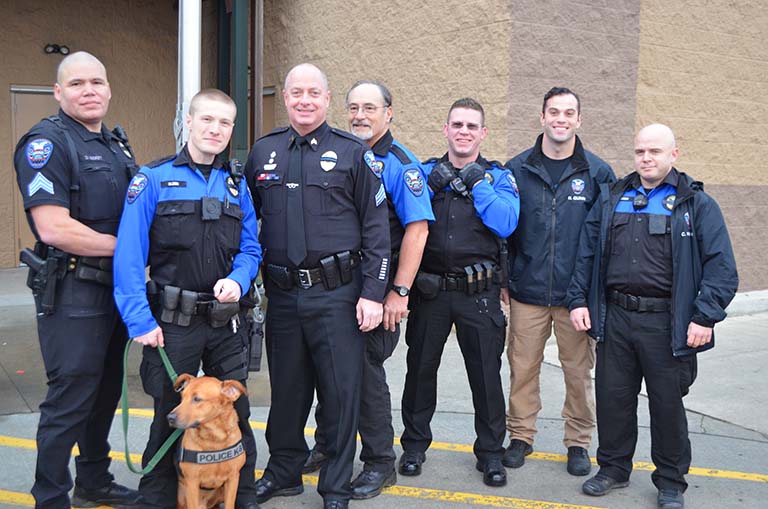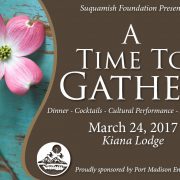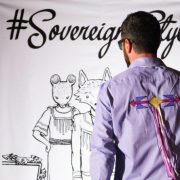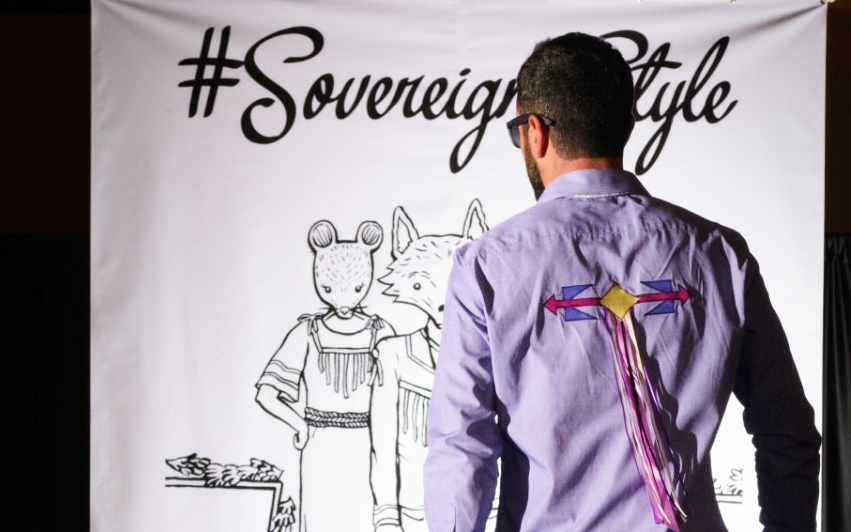
Suquamish Police attending the Shop with a Cop event in Poulsbo, WA.
Did you know that Suquamish Police Officers get over 400% more training each year than the State of Washington requires? Or, that we have the toughest ongoing fitness requirements for Patrol Officers in the United States?
Today, training is incredibly relevant to Law Enforcement. The most important areas of training are topics which are called “High Risk/ Low Frequency” events. Those are things that don’t happen often, but that are dangerous or life-and-death when they do occur, such as armed robberies and performing CPR. If we do something every day, like traffic stops, we get pretty good at them. If we only do something once every 2 or 3 years, then we don’t get much practice, so we need to train to maintain the skill.
Many tasks performed by police officers have a “physical skill” element. If we think of our children’s sports teams, we see the best model for developing physical skills; regular practice. Imagine If you sent your child to participate in a sport, and the coach said “OK, we’re going to have one practice next Friday for 8 hours, and then we won’t practice again for 5 months, when we will play for the championship!” All of our eyebrows would go up; we know that our team wouldn’t perform well if they hadn’t worked together as a team for 5 months, or developed our basic skills and abilities. Part of practicing is learning to deal with the time-pressure and split second decision making in practice, so we make good decisions during the game. Police work is no different.
What kind of basic training do police officers receive? Well, first they are screened. All officers who work for the Suquamish Police Department meet the same standards as any other officer in Washington State. They have all passed a Physical Fitness Test, a polygraph examination, a psychological examination by a psychiatrist, a criminal records check, a detailed background investigation, drug testing, a written test and multiple selection boards; one with police officers from Suquamish and neighboring communities, and a second with Council members, elders, youth and community representatives.
Then, those who qualify are sent to a basic academy. In Suquamish, we use both State and Federal Academies depending on where there are vacancies. The Federal Academy is about 660 hours long, and the State Academy is 720. If we send an officer to the Federal Academy at the Federal Law Enforcement Training Center (FLETC), they are also sent to a State Equivalency Academy for an additional 80 hours, receiving a total of 800 Academic training hours.
After completing the Academy, they return to participate in Field Training with a Field Training Officer (FTO). This program is an additional 4 months working under the supervision of a senior officer, learning the community, geography, and specific laws, policies, report writing systems and of the things that are specific to Suquamish. The FTO completes a daily scoring sheet on the officer, and they immediately correct any mistakes. This training would also include spending time with Detectives, Fisheries Officers, at CENCOM/ 911 and with neighboring agencies. By the time the officer is ready to work alone without supervision, they have been training for the better part of a year.
After completing their basic training, officers must receive continuous in-service training to maintain their skills. The Standard required by the State of Washington is 24 hours of “In-Service” training per year, to maintain police certification. Testing and Qualification courses do NOT count towards this training time; testing is separate. One of the advantages of being a Sovereign Government is that the Tribe has the ability to set its own standards. The Suquamish Tribe exercises its Sovereignty by requiring it’s police to meet a higher standard than the State of Washington. We require each officer to meet a minimum of 40 hours of training per year, rather than the 24 required by the State. That is our minimum, but we never strive to meet the minimum. In 2016, our average training hours per officer was 108.2 hours. This is 400% more than the State of Washington requires, and 250% above our own higher standard. Some in-service training topics include handcuffing, legal updates (Federal, State and Tribal), emergency vehicle operation, communication skills, policies & procedures, investigations, patrol procedures, DUI and drug impaired drivers, domestic violence updates, ethics, crisis intervention & mental health, narcotics investigations and many others.
In 2016, we also hosted 2 different 40-hour conferences for all of the Law Enforcement agencies in our region. One was on “Crisis Intervention Training”, which gives police officers up to date detailed information on the best ways to interact with people who are suffering from mental health challenges. The other was “Transformative Use of Force Practices for Supervisors and Trainers”, which focused on the most current best practices in the area of police use of force. It was taught by folks who are involved in the development and restructuring of the Seattle Police use of force training, to ensure it meets the constitutional demands and civil rights standards of the modern era.
Every Trimester, the officers are required to pass a fitness test to ensure they are maintaining a condition of readiness to respond to emergencies. The test may be the State standard of a 300 meter sprint, 1.5 mile run and sit-up and push-ups, but we also vary the tests to keep them interesting, and ensure that our officers don’t become injured by over-training in the same events all of the time. Much of our fitness training is geared towards maintaining mobility, and “injury-proofing” our officers. We also develop practical skills like pushing, carrying and dragging heavy objects, so that we can pull folks out of burning cars or houses (which we’ve done). Fit officers handle stress better, and make better decisions under pressure. No other agency in the State of Washington conducts mandatory fitness testing each Trimester. Most departments do nothing, and a few test once a year, but passing the test is usually not required. Some give financial incentives to officers who stay fit; we feel it’s already a basic part of the job. Our position is that you pay for police officers who are able to respond and assist you in an emergency, and you deserve to have officers who are trained and prepared to do so. The officers are given on-duty time to maintain their fitness levels.
If you have any questions regarding law enforcement training, please feel free to contact me!
 The New Year is here. What does it hold for us? Times may feel uncertain. And yet, one thing is absolutely certain; for those who treasure the sacred, priceless beauty of the cultural, historic and environmental values of the Puget Sound, it will be a year of true celebration and accomplishment. It is truly a year to honor that, to share that, and, yes, to thoroughly enjoy that at a party! Let us joyfully celebrate together at the Suquamish Foundation’s 2017 “A Time To Gather” community event on March 24th. This will once again be held at Kiana Lodge, one of the most beautiful seaside venues in Washington State.
The New Year is here. What does it hold for us? Times may feel uncertain. And yet, one thing is absolutely certain; for those who treasure the sacred, priceless beauty of the cultural, historic and environmental values of the Puget Sound, it will be a year of true celebration and accomplishment. It is truly a year to honor that, to share that, and, yes, to thoroughly enjoy that at a party! Let us joyfully celebrate together at the Suquamish Foundation’s 2017 “A Time To Gather” community event on March 24th. This will once again be held at Kiana Lodge, one of the most beautiful seaside venues in Washington State.



